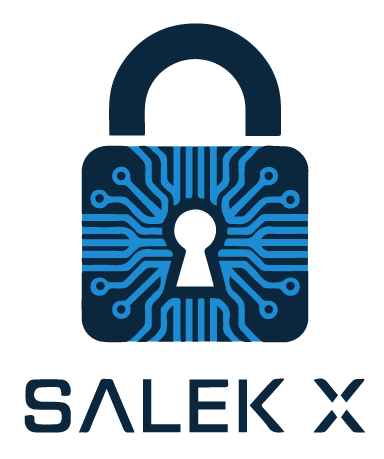Testing and Validation
Testing and Validation
Testing and validation are critical processes in the software development lifecycle that ensure applications and systems meet specified requirements and function correctly in their intended environments. Testing involves the execution of a system or application to identify defects, errors, or gaps in performance, while validation ensures that the end product meets the needs and expectations of stakeholders. Both processes are essential for delivering high-quality software solutions that are reliable, secure, and user-friendly.
Effective testing and validation strategies encompass various methodologies, including functional testing, performance testing, security testing, and user acceptance testing (UAT). By systematically evaluating software at different stages of development, organizations can mitigate risks, improve user satisfaction, and maintain a competitive edge in the market.

The testing and validation process includes several features and benefits that contribute to successful software development and deployment:
- Comprehensive Test Planning: Developing a thorough test plan is essential for defining testing objectives, scope, resources, and timelines. A well-structured plan ensures that all aspects of the application are tested and aligns with project goals.
- Various Testing Methods: Organizations can employ different testing methods tailored to specific needs, including:
- Functional Testing: Verifies that the application behaves according to specified requirements.
- Performance Testing: Assesses the responsiveness, stability, and scalability of the application under load.
- Security Testing: Identifies vulnerabilities and security flaws to protect against potential threats.
- Regression Testing: Ensures that new code changes do not adversely affect existing functionality.
- Automated Testing Tools: Utilizing automated testing tools can enhance efficiency and accuracy by executing tests faster and reducing human error. Automation is especially beneficial for repetitive tests, enabling teams to focus on more complex scenarios.
- Continuous Integration and Continuous Testing (CI/CD): Implementing CI/CD practices allows for frequent integration of code changes and continuous testing throughout the development process. This approach facilitates early detection of defects and promotes rapid feedback.
- User Acceptance Testing (UAT): UAT involves end-users testing the application to ensure it meets their needs and expectations. This process provides valuable insights into usability and functionality, allowing organizations to make necessary adjustments before deployment.
- Defect Tracking and Reporting: Establishing a defect tracking system helps teams log, prioritize, and address issues efficiently. Comprehensive reporting provides visibility into testing progress and identifies areas needing improvement.
- Validation Against Requirements: Validation ensures that the final product aligns with business and user requirements. This process confirms that the software is not only functional but also meets quality standards and delivers value to stakeholders.
- Post-Release Monitoring and Feedback: After deployment, monitoring the application’s performance and gathering user feedback is crucial for identifying areas for further enhancement. This ongoing evaluation helps organizations maintain software quality and address issues proactively.
SalekX
Why choose us?
Why Choose SalekX for Testing and Validation?
At SalekX, we ensure reliable, secure, and high-quality software through:
- Thorough Test Planning: Comprehensive plans aligned with project goals.
- Multiple Testing Methods: Functional, performance, security, and regression testing.
- Automation: Faster and more accurate testing with automation tools.
- Continuous Integration: Early detection of issues through constant testing.
- User Acceptance Testing: Validating that software meets user needs.
- Defect Tracking: Efficient issue logging and resolution.
- Post-Release Monitoring: Continuous performance checks and feedback gathering.
Choose SalekX for robust, user-focused, and well-tested solutions.
